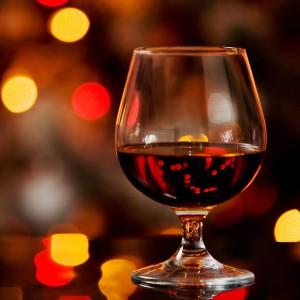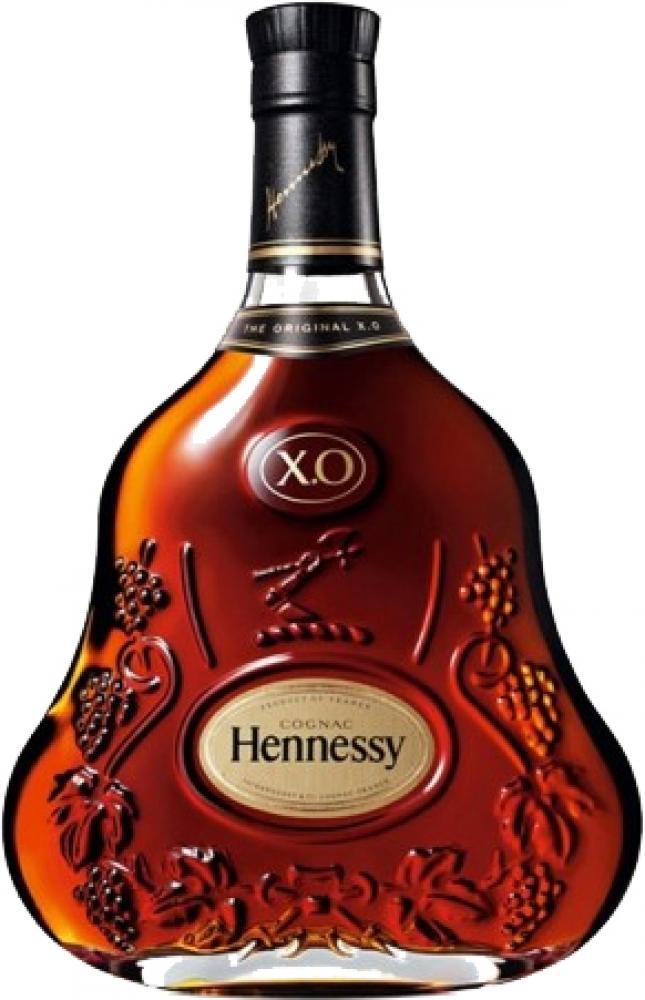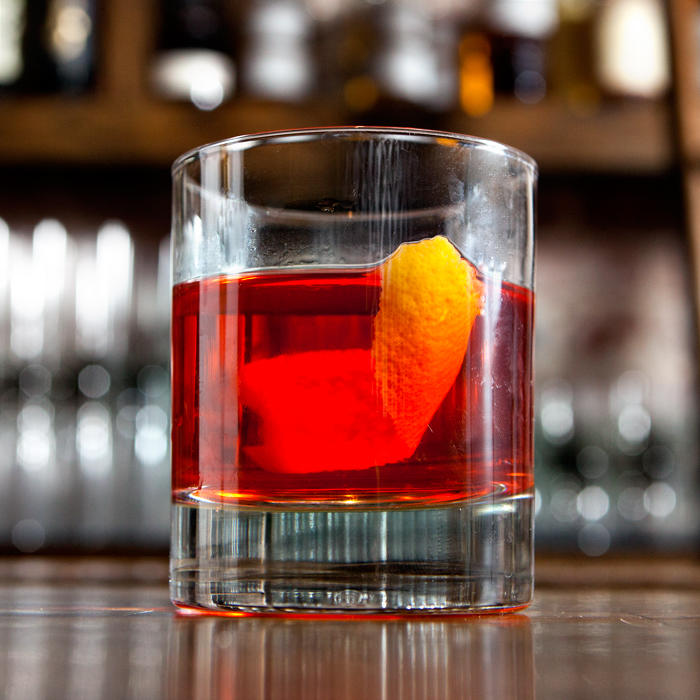
- Cognac is a spirit produced by distillation of wine.
- The general name of the spirit is “brandy.” To be called “cognac,” brandy needs to comply with certain legal requirements.
- The name “cognac” comes from Cognac, France, where the spirit was produced originally.
- Cognac is sometimes referred to as “eau-de-vie,” which means “water of life.”
- The government and quality control of cognac is executed according to the three decrees of Controlled Appellation of Origin, dated 1909, 1936, and 1939.
- Cognac is made of certain types of grapes, distilled in copper pot stills, and aged in oak barrels made of materials from particular French forests.
- Cognac needs to spend at least two years in oak barrels
- Cognac is dark yellowish brown and transparent, sometimes with tints of red.
- The spirit normally contains 40 percent of alcohol by volume.
- Cognac has a rich taste and a strong fragrance. Its flavor is wooden and fruit, sometimes also nutty, bitter, or floral.

- Cognac is usually served after the main course. It is to be slowly sipped, not drunk in shots.
- Typical products to be served with cognac are chocolate, coffee, and cigars. Sometimes, cheese and lemon are also served with cognac.
- Grades of cognac are not standardized, but a label on a bottle usually reads one of the following: VS (Very Special), VSOP (Very Superior Old Pale), XO (Extra Old), or Extra (a.k.a. Hors d’âge, “beyond age”).

- VS and VSOP cognac can be mixed with water or used to make cocktails
- All other kinds of cognac, which are higher in quality than VSOP, should be drunk neat, i.e. without anything added to them.
- The four most famous cognac brands are Rémy Martin, Martell, Courvoisier, and Hennessy.
- Three particularly popular cocktails made with cognac are Sazerac, Sidecar, and French connection.

- The Sazerac is one of the oldest known cocktails. It is made by mixing cognac with sugar and pouring the mixture into an Old Fashioned glass rinsed with absinthe and ice. It is usually served with lemon peel in it or lemon twist as decoration.
- The Sidecar is made by mixing cognac with triple sec and lemon juice and served in a cocktail glass.
- The French connection is made by mixing equal parts of cognac and an amaretto-flavored liqueur and served in an Old Fashioned glass.
- An unopened bottle of cognac can be stored for years. However, it will not add anything to the spirit’s age written on the bottle. The age of cognac is the time it spends in an oak barrel, not in the bottle.
- Bottles of cognac should be stored in the shade under constant temperature, preferably cool. It should not be too humid. Otherwise, the label on a bottle may come off.
- Bottles of cognac should be kept upright so that the spirit does not come in contact with the cork. However, if the cork is not touched by the content of the bottle at all, it may become too dry after several years.

- Once opened, cognac begins to slowly deteriorate. The cork should be placed on the bottle after every time cognac is poured to minimize the contact with the air. Since the deterioration is slow, and opened bottle of cognac may last for months.
- Two types of glassware are traditionally used for cognac: a tulip glass and a balloon glass.